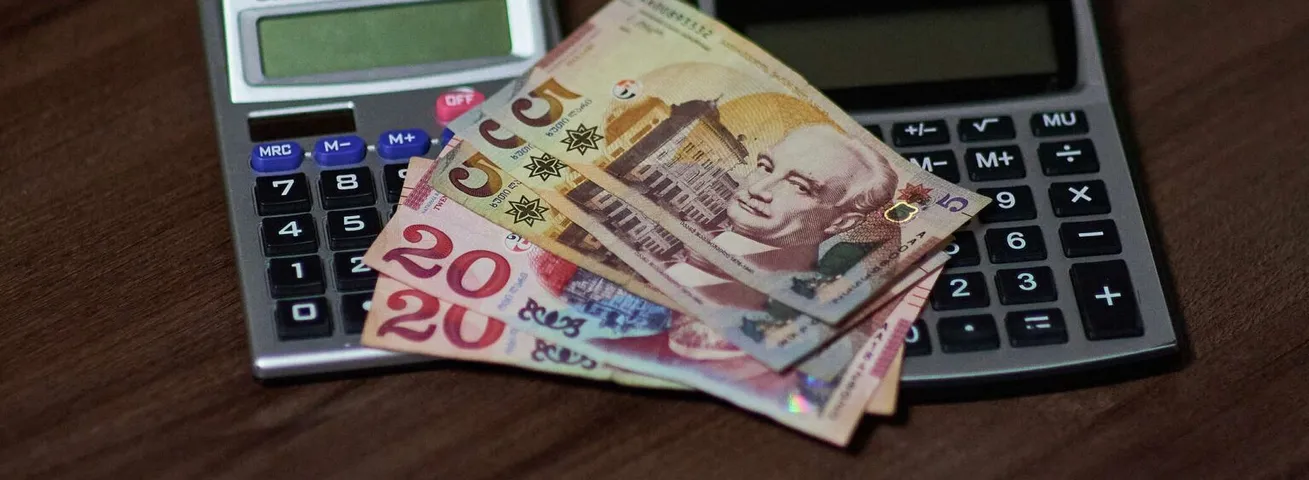Stocktaking in a restaurant is an obligatory part of work in public catering.
Stocktaking helps to compare the balances in the accounting program with the actual, to detect shortages on time and find their cause.
To avoid overspending in the kitchen and stop losing profits we prepared an article for you, where we shall tell you how often you need to inventory in a cafe or restaurant, who should conduct it, how to correctly record its results, and what kind of conclusions can be drawn by a manager.
How often should restaurants and other catering establishments carry out an inventory?
Inventory in a cafe, restaurant, or bar can be routine or unscheduled.
Routine inventory is carried out with a certain frequency known to the employees:
- Once a month. As a rule, it applies to food, as well as household chemicals and other household goods used in the establishment;
- Once a week. Usually, it is the frequency of checking product remainders;
- Once a day. This may be, for example, a check of alcohol remainders in the bar after the shift closes. It is rarely used because it is very labour-consuming.
Unscheduled inventories can be arranged at any time without warning, for example, if one of the employees is suspected of theft.
During the inventory, both individual items and remainders ,in general, are verified, depending on the objectives.
Who conducts the inventory?
The manager, chef, or barmen - the one who supervises the employees and controls their work - may be responsible for checking the remainder. A member of the accounting department must also be present.
Before the inventory control, there shall be created a commission, shall be issued an order to conduct an inventory, and shall be printed statements in which the results of the inventory shall be recorded.
Upon completion of the inventory, all employees who participated in it must sign it confirming that they agree with the data recorded in the statement.
Later on, the statement shall be submitted to the accounting department for the accountant to draw up an act of discrepancies based on the results of the inventory.
What can reveal an inventory in a bar, cafe, or restaurant?
Here are the most common accounting errors that are discovered during an inventory:
- Discrepancies in accounting units. It happens, for example, that disposable cutlery for food is entered in records in packs, but is written off by the piece.
- Duplication of items. While accepting the products it is called "coffee Nescafe ", and when writing off - "Nescafe coffee", during inventory you will receive discrepancies between balances according to documents and actual.
- Cooks and bartenders violate the food and drinks technology. One quantity of ingredients is used per serving according to the technological chart, but in reality, another quantity is used, resulting in overconsumption.
- Errors in the technological chart. If remainders of the same positions do not coincide often, check the technological chart of the dishes for which these products are used. Maybe you have miscalculated the number of ingredients needed.
- Theft. Periodic unscheduled checks of product remainder that are used to prepare the most popular menu items help to fight it.
How to proceed if discrepancies are identified
It is necessary to analyse the results together with the manager or other responsible employees and decide what to do next.
When there is a regrading of piece products (food trays, disposable dishes, mineral water, beer, etc.), the first thing to do is to check the consignment notes from the supplier.
If everything is correct, the discrepancies can arise for several reasons: someone steals; an employee had removed expired or damaged goods, but did not write them off; someone was inattentive when entering the batch of products in the books.
If there is a problem with the ingredients: double-check the technological charts of the dishes in which they are used. Make sure the cooks and bartenders understand how to read the technical charts and follow the recipe. Provide additional training if needed. Any shortage is indicative of a problem and needs to be thoroughly investigated.
If a culprit has not been identified, the amount is usually distributed among the materially responsible persons: cooks, bartenders, waiters, and administrators.
It is rarely possible to do without writing off expired and damaged goods: for coffee shops and fast food, the norm is 5% of the total volume of purchases, for restaurants and cafes, where meals are prepared to order - 3%.
If the percentage is higher, it is necessary to figure out a reason and take measures to improve the situation.
You cannot write off expired and damaged goods independently. You need to invite a representative of the tax authority to perform the rejection and disposal of expired and damaged goods in his/her presence.
Disposable goods are written off as follows: in the tax account an application "Confirmation of the document on the expired and/or useless inventory write off " must be filled out; if you do not receive any feedback from the tax office within 2 working days after sending, you shall dispose of it without their presence, if you receive any message - act on its basis.
We hope that our explanations will help to conduct inventory faster and easier in a restaurant, cafe, or bar, and shortages will become rare.

